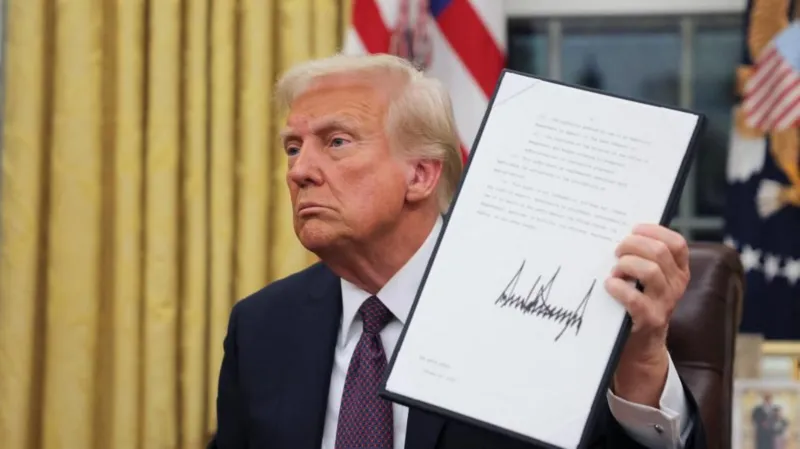The past year in China has been marked by a series of violent mass attacks, shedding light on an undercurrent of anger, frustration, and social discontent within the country. These incidents, though isolated in occurrence, collectively paint a picture of deeper societal issues that require urgent attention.
A Surge in Violent Incidents
Throughout the year, various regions in China witnessed an unsettling rise in mass attacks, ranging from assaults in public spaces to targeted violence against individuals and groups. While each incident had its unique context, many shared a common thread: perpetrators motivated by grievances, despair, or unresolved disputes. These acts, often carried out in crowded areas, have left communities shaken and questioning the stability of their surroundings.
Understanding the Root Causes
Experts suggest that the underlying causes of these attacks are multifaceted. Rapid economic growth over recent decades has brought prosperity to some, but also widened the gap between the affluent and the less fortunate. Social inequality, job insecurity, and the pressure of living in urbanized environments have compounded feelings of frustration among many citizens.
Additionally, the cultural stigma surrounding mental health issues in China has left many individuals without the support they need. This neglect often leads to a buildup of unresolved emotional and psychological challenges, which, in extreme cases, manifest in violent outbursts. Many of the individuals involved in these incidents had histories of personal grievances or felt alienated by society.
The Role of Social Media and Public Opinion
In an age dominated by digital communication, the role of social media has been pivotal in shaping public discourse around these events. Platforms like Weibo and WeChat have been flooded with debates, sympathies for victims, and critiques of governance. These conversations have amplified public awareness but have also revealed deep divisions in how people perceive the root causes and solutions.
Some argue that local governments have been slow to address systemic issues such as unemployment, inadequate healthcare, and insufficient support for mental health. Others call for stricter enforcement of law and order to prevent future incidents. The diversity of opinions underscores a shared concern: a desire for change to restore a sense of safety and harmony.
Government Response and Public Safety Measures
The Chinese government has responded with increased security measures and campaigns aimed at promoting social stability. Enhanced surveillance, tighter regulations on public gatherings, and initiatives to address grievances at the community level have been rolled out. While these measures aim to curb immediate threats, critics question their long-term efficacy in addressing the root causes of frustration.
Efforts to improve mental health services have also gained momentum, with officials recognizing the need to destigmatize seeking help. However, the scale of the challenge remains daunting, as mental health resources are still limited in many parts of the country.
A Call for Sustainable Solutions
The year’s tragic events have sparked calls for deeper reforms that go beyond surface-level solutions. Addressing social inequality, providing robust mental health support, and fostering open channels of communication between citizens and authorities are crucial steps toward rebuilding trust. These reforms require sustained effort, investment, and collaboration across all levels of society.
The Path Forward
As China reflects on a tumultuous year, the lessons learned from these incidents should guide future policies and societal attitudes. The challenges are significant, but they also present an opportunity for growth and transformation. By acknowledging the frustrations of its citizens and addressing the systemic issues at their root, China has the potential to create a safer, more inclusive society.
In a nation of over a billion people, each voice matters, and every effort to understand and alleviate collective grievances can pave the way for a more harmonious future. While the scars of this year’s attacks will take time to heal, they also serve as a stark reminder of the urgent need for change.




















